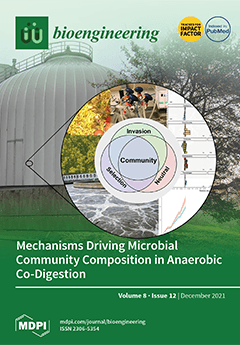Study Design: Meta-analysis.
Objectives: We aimed to analyze the impact of cultured expansion of autologous mesenchymal stromal cells (MSCs) in the management of osteoarthritis of the knee from randomized controlled trials (RCTs) available in the literature.
Materials and Methods: We conducted independent and duplicate electronic database searches including PubMed, Embase, Web of Science, and Cochrane Library until August 2021 for RCTs analyzing the efficacy and safety of culture-expanded compared to non-cultured autologous MSCs in the management of knee osteoarthritis. The Visual Analog Score (VAS) for pain, Western Ontario McMaster University’s Osteoarthritis Index (WOMAC), Lysholm score, Knee Osteoarthritis Outcome Score (KOOS), and adverse events were the analyzed outcomes. Analysis was performed in R-platform using OpenMeta [Analyst] software.
Results: Overall, 17 studies involving 767 patients were included for analysis. None of the studies made a direct comparison of the culture expanded and non-cultured MSCs, hence we pooled the results of all the included studies of non-cultured and cultured types of MSC sources and made a comparative analysis of the outcomes. At six months, culture expanded MSCs showed significantly better improvement (
p < 0.001) in VAS outcome. Uncultured MSCs, on the other hand, demonstrated significant VAS improvement in the long term (12 months) in VAS (
p < 0.001), WOMAC (
p = 0.025), KOOS score (
p = 0.016) where cultured-expanded MSCs failed to demonstrate a significant change. Culturing of MSCs did not significantly increase the complications noted (
p = 0.485). On sub-group analysis, adipose-derived uncultured MSCs outperformed culture-expanded MSCs at both short term (six months) and long term (12 months) in functional outcome parameters such as WOMAC (
p < 0.001,
p = 0.025), Lysholm (
p < 0.006), and KOOS (
p < 0.003) scores, respectively, compared to their controls.
Conclusions: We identified a void in literature evaluating the impact of culture expansion of MSCs for use in knee osteoarthritis. Our indirect analysis of literature showed that culture expansion of autologous MSCs is not a necessary factor to obtain superior results in the management of knee osteoarthritis. Moreover, while using uncultured autologous MSCs, we recommend MSCs of adipose origin to obtain superior functional outcomes. However, we urge future trials of sufficient quality to validate our findings to arrive at a consensus on the need for culture expansion of MSCs for use in cellular therapy of knee osteoarthritis.
Full article






